How Antlers Grow
The science behind antler growth

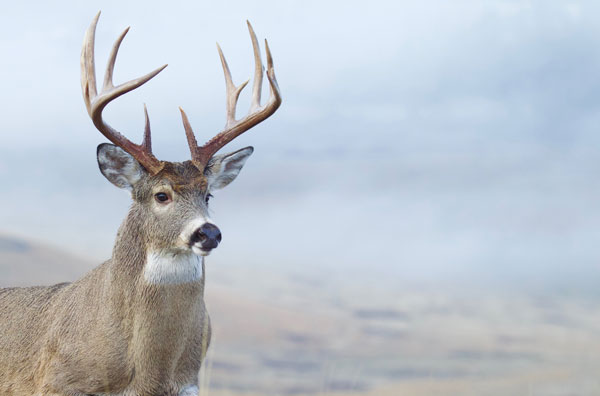
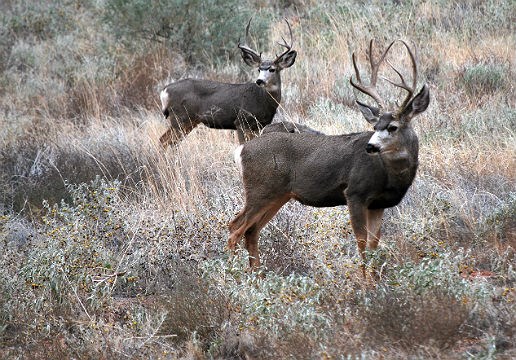
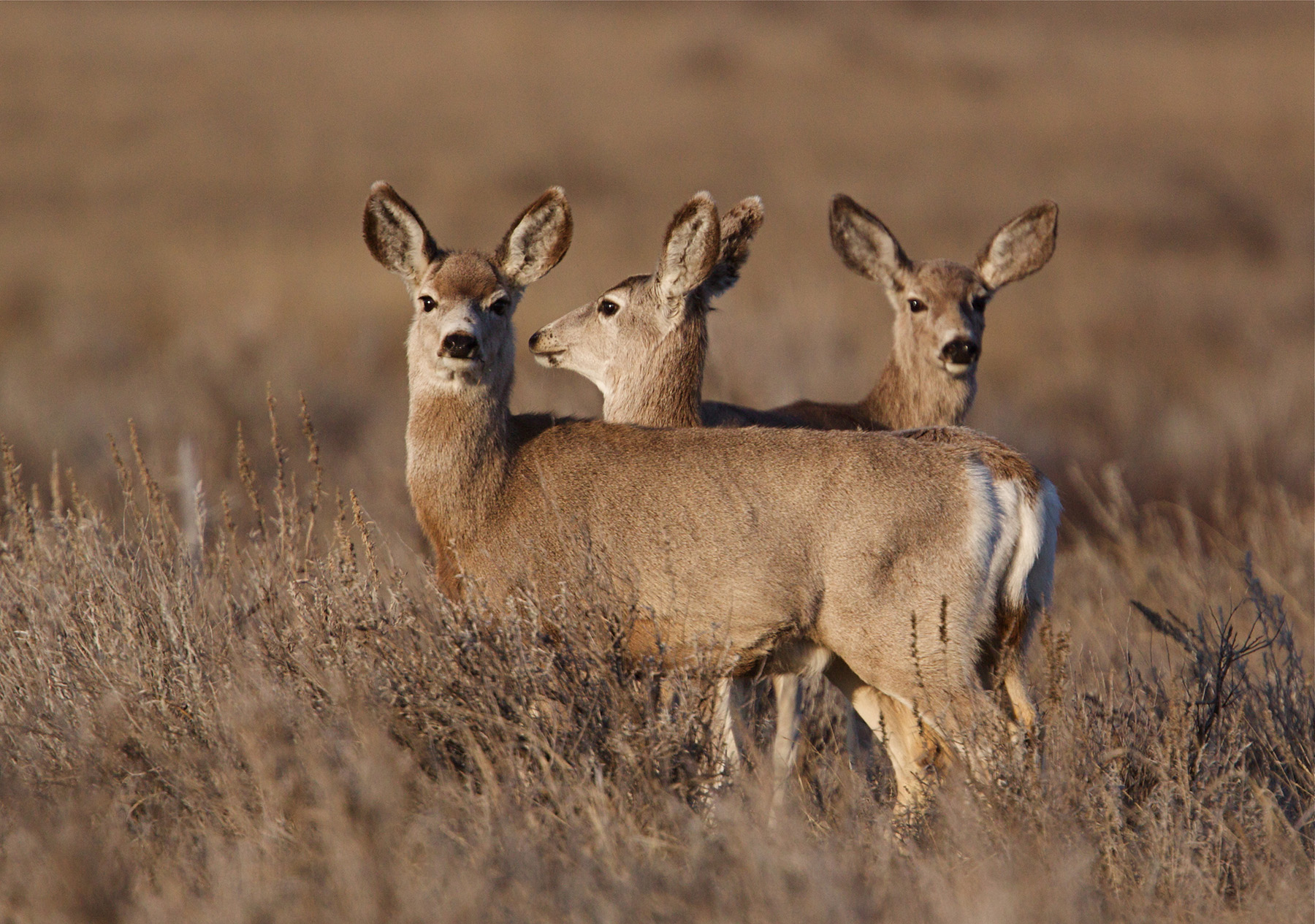
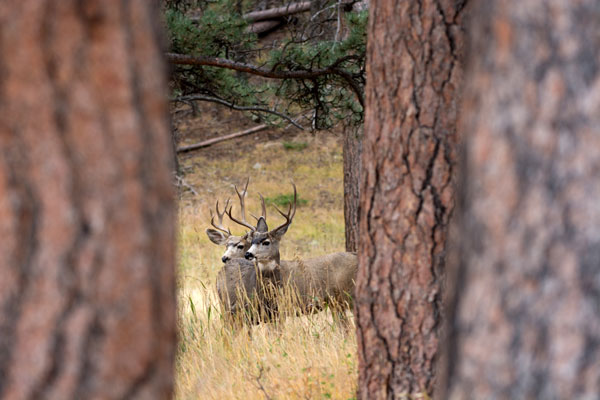
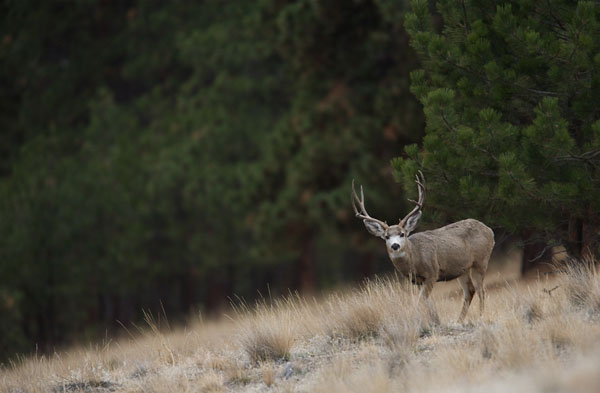
Mule deer and white-tailed deer are the most widely distributed and abundant big game mammals in Montana. Although they evolved to live and thrive in broadly different environments, the two species are remarkably adaptive. Both occur in a wide variety of habitats, under widely fluctuating environmental conditions, in the presence of numerous other wild mammals and domestic livestock, and in the wake of extensive human development and disturbance.
Managing deer across diverse habitats and conditions in Montana begins with understanding both their biology and behavior. It also requires effective methods for monitoring populations and habitats as well as for manipulating deer numbers or habitat factors to meet diverse social and economic objectives.
Montana has a long history of research to provide basic information about deer and their habitats and to develop and test new and improved methods and criteria for deer management.
For historical harvest reports and more information, visit here.
Deer are managed as a game animal in Montana with regulated hunting seasons.
2025 Chart (PDF)
2024 Chart (PDF)
2023 Chart (PDF)
2022 Chart (PDF)
2021 Chart (PDF)
2020 Chart (PDF)
2019 Chart (PDF)
2018 Chart (PDF)
2017 Chart (PDF)
2016 Chart (PDF)
2015 Chart (PDF)
2024 Map (PDF)
2023 Map (PDF)
2022 Map (PDF)
2021 Map (PDF)
2020 Map (PDF)
2019 Map (PDF)
2018 Map (PDF)
2017 Map (PDF)
2016 Map (PDF)
2015 Map (PDF)
2025 Chart (PDF)
2024 Chart (PDF)
2023 Chart (PDF)
2022 Chart (PDF)
2021 Chart (PDF)
2020 Chart (PDF)
2019 Chart (PDF)
2018 Chart (PDF)
2017 Chart (PDF)
2016 Chart (PDF)
2015 Chart (PDF)
2014 Chart (PDF)
2013 Chart (PDF)
2012 Chart (PDF)
2011 Chart (PDF)
2021 Final Report (PDF)
2020 Annual Report (PDF)
2019 Annual Report (PDF)
2018 Annual Report (PDF)
2017 Annual Report (PDF)
Distance, weather, and forage conditions drive timing of autumn migration in female mule deer (PDF)
Mule Deer Survival in the Bitterroot Valley Progress Report: Spring 2018 (PDF)
Sapphire Bitterroot Mule Deer Project Progress Report - Spring 2017 (PDF)
Mule Deer Survival in the Bitterroot Valley Progress Report - Spring 2016 (PDF)
Climate, habitat interactions, and mule deer resource selection on winter landscapes (PDF)
Ecology and Management of Mule Deer and White-tailed Deer in Montana (PDF)
Ecology of White-tailed Deer in the Salish Mountains, 2006 (PDF)
Potential effects of oil and gas energy development on mule deer in eastern Montana (PDF)
Survey & Inventory Protocols for Big Game in Montana – White Tailed Deer
Survey & Inventory Protocols for Big Game in Montana – Mule Deer
Hunter Surveys
2023 Summary of Research* (PDF)
Selected Results from a Resident Mule Deer Hunter Survey Conducted by Montana Fish, Wildlife & Parks in 2023
*This summary was updated Aug. 30, 2023 to reflect minor language edits
2021 CWD (PDF)
2014 Hunting Access (PDF)
2013 CWD (PDF)
Additional Reports
The science behind antler growth
